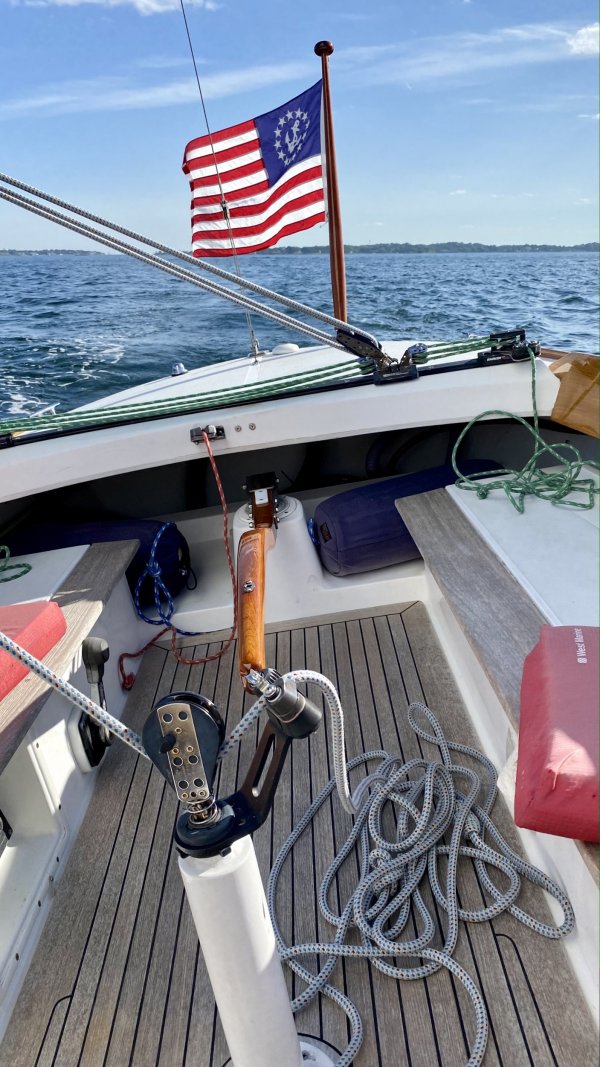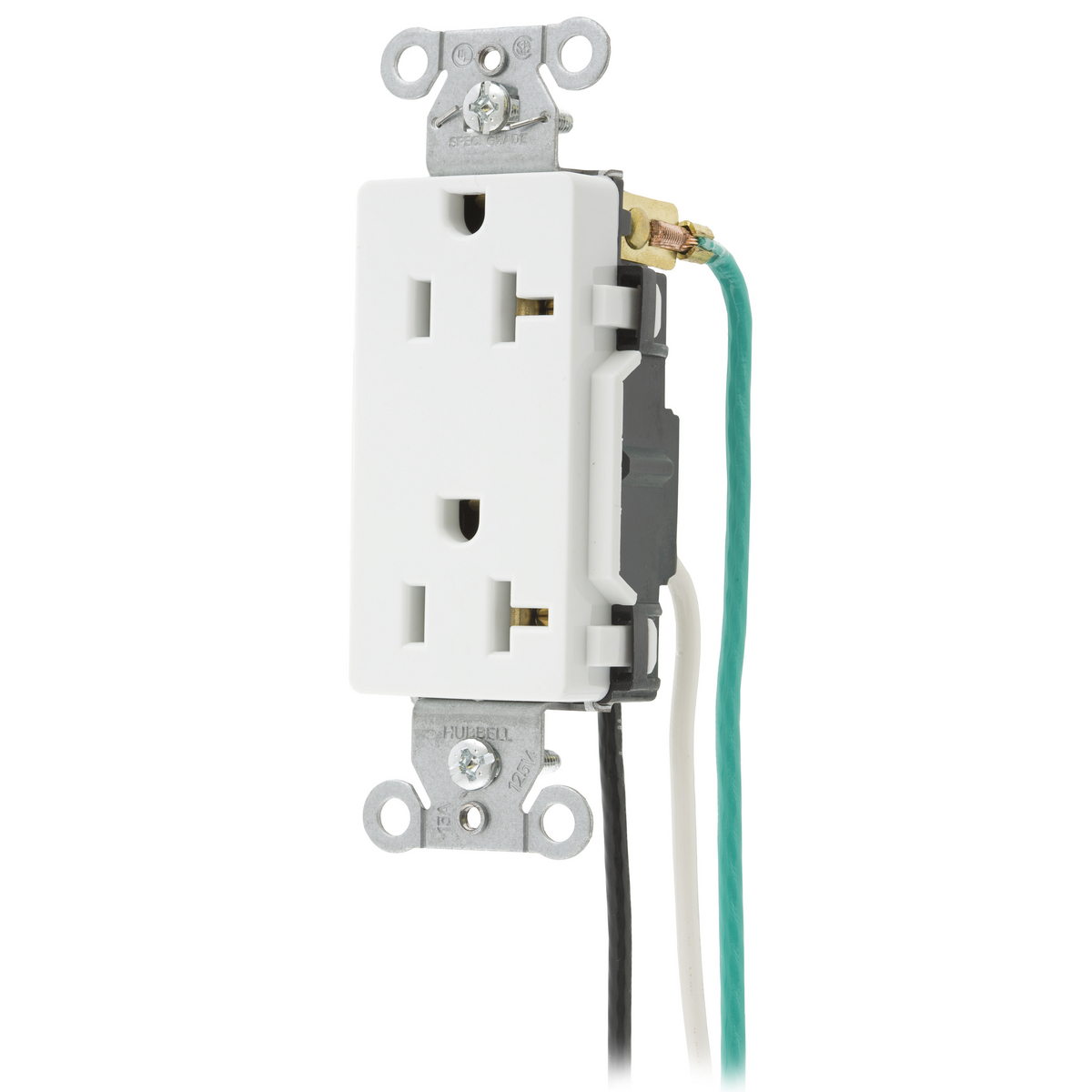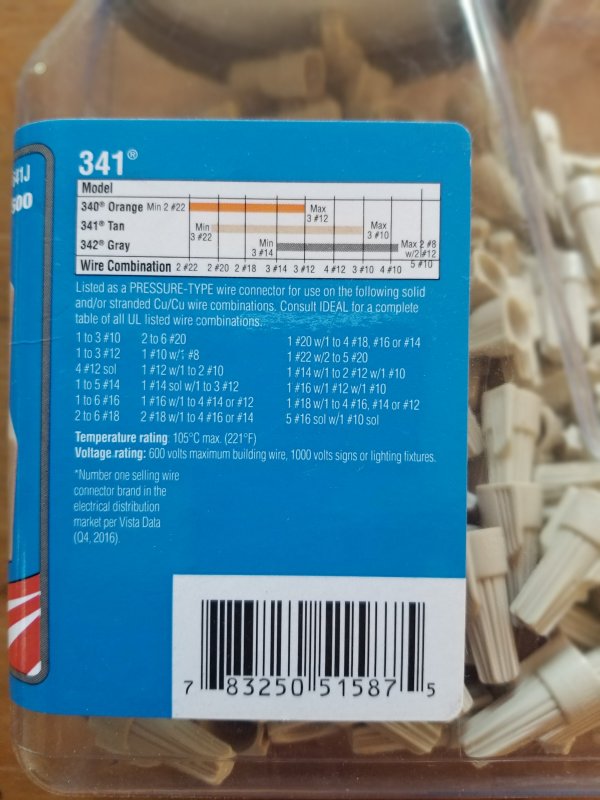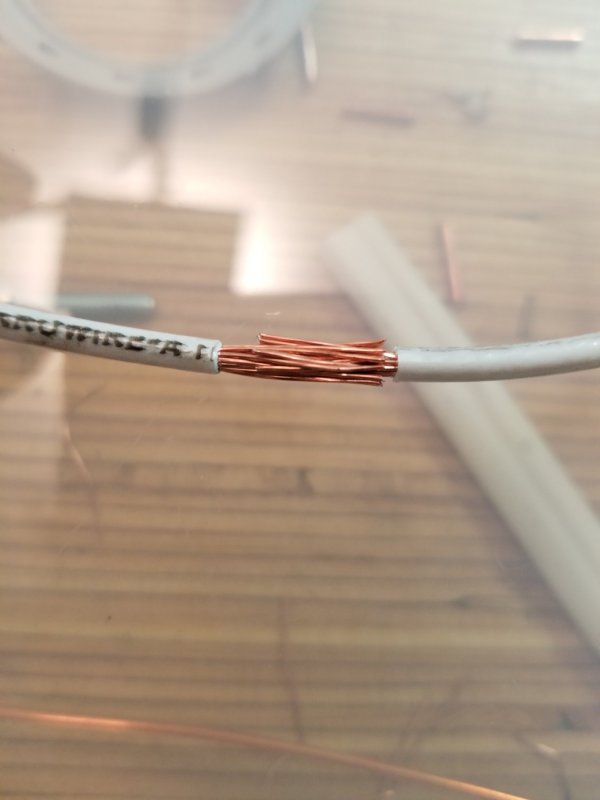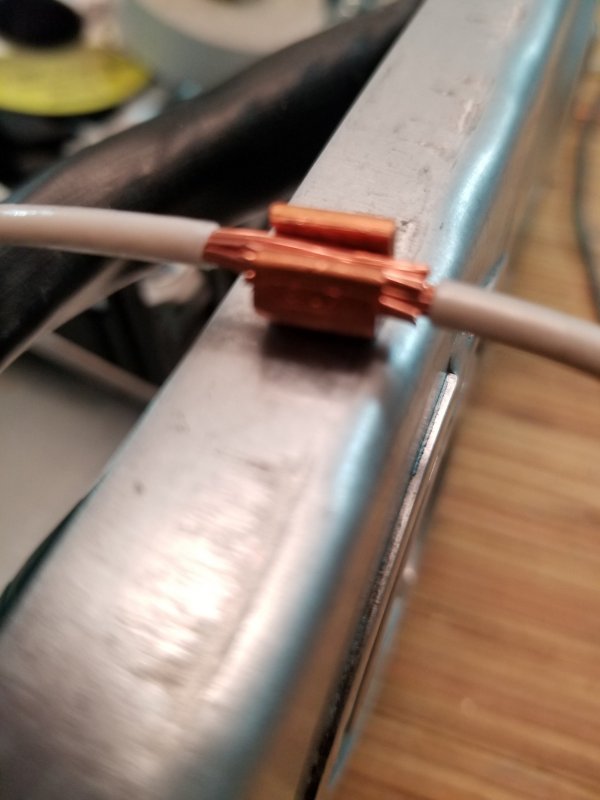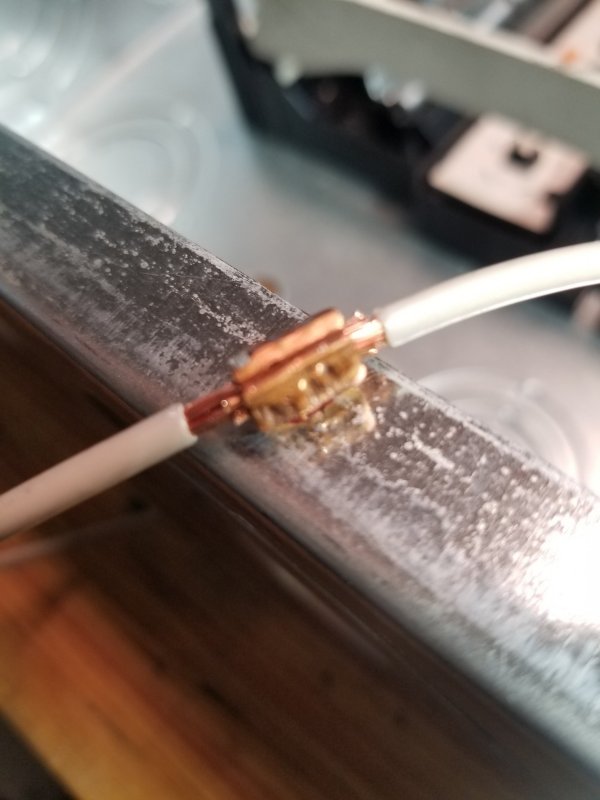Well, Peter wrote that "The volume control is actually slightly lower", not up. As far as I remember Steve reported a decrease in the usual volume level after he perfected his cables.
Do you have measurements of the typical peak values when you listen to classical?
How many dB is each click? Whether one person's is up and another's is down is pretty irrelevant without measuring. Peter also made a point of commenting on lower level listening, which isn't a priority for many other people. It sure isn't a priority for me. So this becomes a matter of preference more than anything. Mine is up, I would guess. But that's probably a result of liking how it sounds at higher volume more now than before. Or it could be "new toy" syndrome ... Wanting to really hear what it can do now.
Fransisco, it is not really about measurements or whether the volume knob is up or down. It is about the perceived presentation at the listening seat. It is about the increased clarity and dynamic range that is the result when noise is lowered by better/cleaner power delivery. Each LP is different, just as different cartridges have different outputs. I can enjoy listening at slightly lower volumes because low level information is more clearly heard. At the same time, with the increased dynamics, the louder passages can seem louder, even at the lower volume setting. There is more sudden energy. This is why I mentioned lowering my volume knob. It is also more enjoyable at late night when overall volume may be lower. At the same time, if I want to crank some rock, I can do that and it plays cleaner and is more pleasant and fun at louder levels. For jazz and string quartets, I try to get a more realistic listening volume. This can mean up or down depending on the mic location and what I think is most realistic based on size of instruments and hall and where I think the listening perspective is based.
As others have remarked, these improvements result in a more balanced sound where quiet passages are softer and louder passages are louder. This sounds more realistic and natural relative to actual live music. It is less compressed. It is not unlike a well-tuned sailboat. The weather presents itself, and the skipper makes adjustments to direction and sail trim. When all is in balance, the boat tracks straight without the need for the helmsman to handle the tiller, and it stays on course. This is when you realize, set up and tuning are right.
